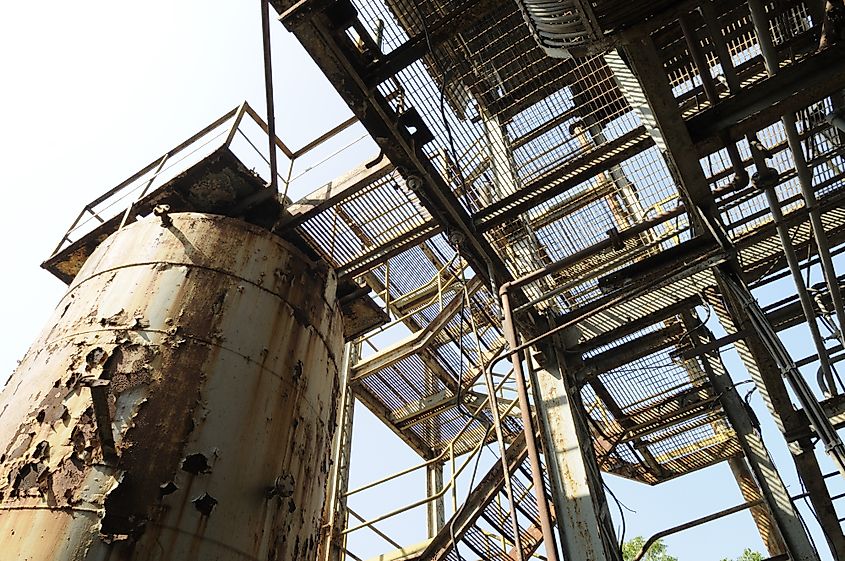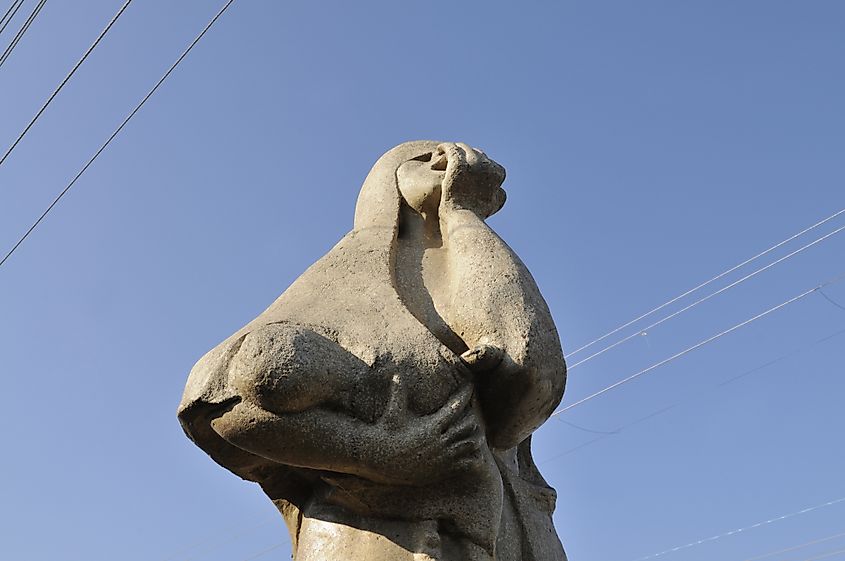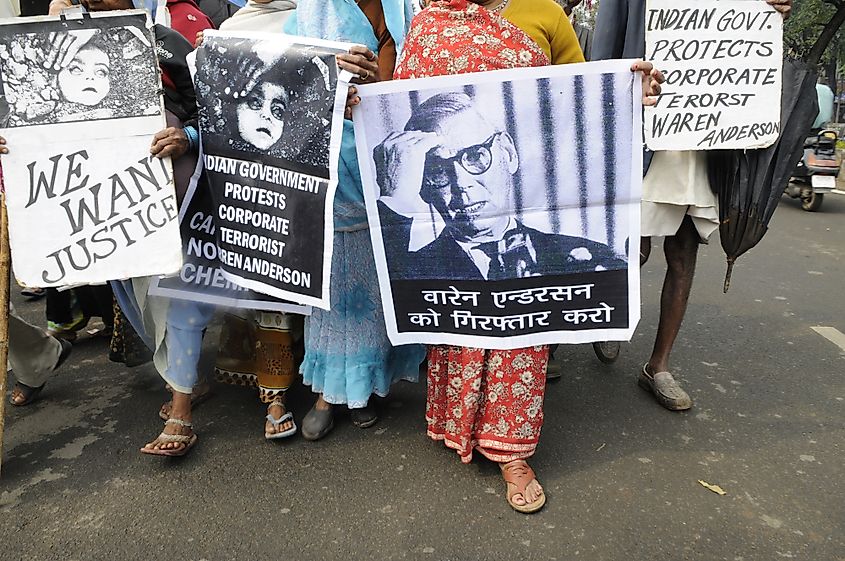Bhopal Gas Tragedy

The Bhopal Gas tragedy occurred between December 2nd and 3rd 1984, at the Union Carbide India Limited pesticide plant in Bhopal, India. One of the world’s worst industrial disasters, it involved a toxic methyl isocyanate gas leak which killed more than 15,000 people and injured some 200,000.
What Caused The Disaster?
Like many big human-related disasters, the incident occurred due to a combination of mechanical errors, ignorance, and human oversight. Various violations of standard procedures, as well as staffing cut back not only seem to have caused the initial issue, but also prevented the leak from being caught and dealt with in a timely manner. The initial leak: The initial leak, which sparked the series of events that followed, occurred shortly after an under trained member of staff was asked to rinse a pipe that was not properly sealed. This process itself is prohibited according to the rules of the plant, and it is believed that it was water from this rinsing which caused the first contamination-based reaction.

When water is in a closed space with methyl isocyanate, it can react in an explosive manner. This reaction then caused the methyl isocyanate gas to start leaking out of the storage tank. The leak did register, but it was not addressed immediately, or urgently, as the supervisor at the time assumed the leak was merely a water leak. This was said to be because instruments that would measure such a leak were unreliable. While the gage did measure the pressure in the tank as five times higher than it should be, it was thought that this reading was simply an error. During the elapsed time on non-action, the reaction within the storage tank became uncontrollable.
A Fatal Error
In addition to the incorrect rinsing technique and the slow reaction time, a fatal mistake was made several months before the leak even occurred. One of the refrigeration units on site had been shut down. It is speculated that this was done to both save energy and redirect Freon elsewhere in the plant. The purpose of the unit was to cool the methyl isocyanate on site and inhibit any chemical reactions. Because the unit was switched off, the chemical reaction continued uninterrupted. If the refrigerator had been working as intended, this reaction would have been slowed, meaning the plant and its workers would have had days in which to deal with the leak, rather than hours. It is generally thought that if this system had remained on, the disaster and deaths which followed could have been avoided.
A Flawed System
In addition to all this, two of the three safety systems in place were inoperable at the time, meaning only one was in place to deal with the crisis that unfolded. Furthermore, the systems themselves are thought to have been inadequate in terms of coping with such events. Computer system did not exist at the facility, like they do in others, which would alert all staff of leaks or errors in the plant. Because of this, warning measures for leaks were largely left to employees sensing a problem through physical symptoms. Similarly, no announcements were made to the public at the time of the leak. While an alarm did sound, reports state that this was the same intonation which would go off periodically, several times a week. As such, civilians in the area (and indeed employees) did not register this sound as problematic.

Effect Of The Gas Leak
Immediate Effects
The methyl isocyanate gas reacted and leaked first through the plant, and then expanded into the surrounding area. A mixture of MIC, hydrogen cyanide, mono methylamine and other chemicals was caused by the initial chemical reaction and leak.
This chemical mixture manifested as a white cloud that hugged the ground, as the chemical cloud was much denser than air. Because of this, children, or anyone of short stature was more greatly impacted by the chemicals. The first symptoms hit much in the same way tear gas would, with coughing, burning of the throat as it was inhaled, as well as watery burning eyes and running noses. These symptoms are what alerted most citizens to the danger, and indeed woke many from their beds. Unfortunately, these symptoms quickly escalated for those in the impact zone. Eye irritation became blindness, burning throats were in fact damaged respiratory tracts. Stomach pains and vomiting were also common, and some people even choked to death on foam and vomit from within. The chemicals greatly damaged just about all internal organs, from reflexogenic circulatory collapse and pulmonary oedema. Lungs were destroyed, as were major parts of kidneys and liver.
Many people ran for their lives, abandoning anyone and anything as they fled. Humans and animals stampede, causing trampling and further deaths as civilians tried to escape in any way possible.

Longer Term Effects
The gas affected roughly half a million people and killed roughly 15,000. Those that did survive, were more often than not plagued with ailments from cancer to reproductive issues. Menstrual abnormalities were common, stillbirth rates increased as much as 300% and those babies which did survive often had extreme birth and growth defects.
Survivors were often plagued with long lasting ailments ranging in severity. Due to the nature of the gas, lungs and eyes were greatly impacted. Many citizens of Bhopal had chronic eye issues, scarred corneas, or cataracts. Respiratory and pulmonary issues were also common, including chronic bronchitis or tuberculosis. The gas also caused neurological effects such as memory impairment, numbness and a reduction in motor skills. Decades later, those affected by the chemical leak continue to die from complications or various chemical-induced cancers. Because of this, the exact number of casualties is impossible to count, and continues to rise even today. In 2019, it was estimated some 25,000 individuals lost their lives due to this avoidable disaster.











